Australia houses nearly 900 native animal species found nowhere else on earth, yet many face extinction within decades. From the tiniest bilby to the mighty Tasmanian devil, these unique creatures survive today largely thanks to dedicated wildlife sanctuaries scattered across the continent.
Below are 16 wildlife sanctuaries where visitors can encounter Australia’s most iconic animals while supporting vital conservation efforts that may be their last hope for survival.
Lone Pine Koala Sanctuary
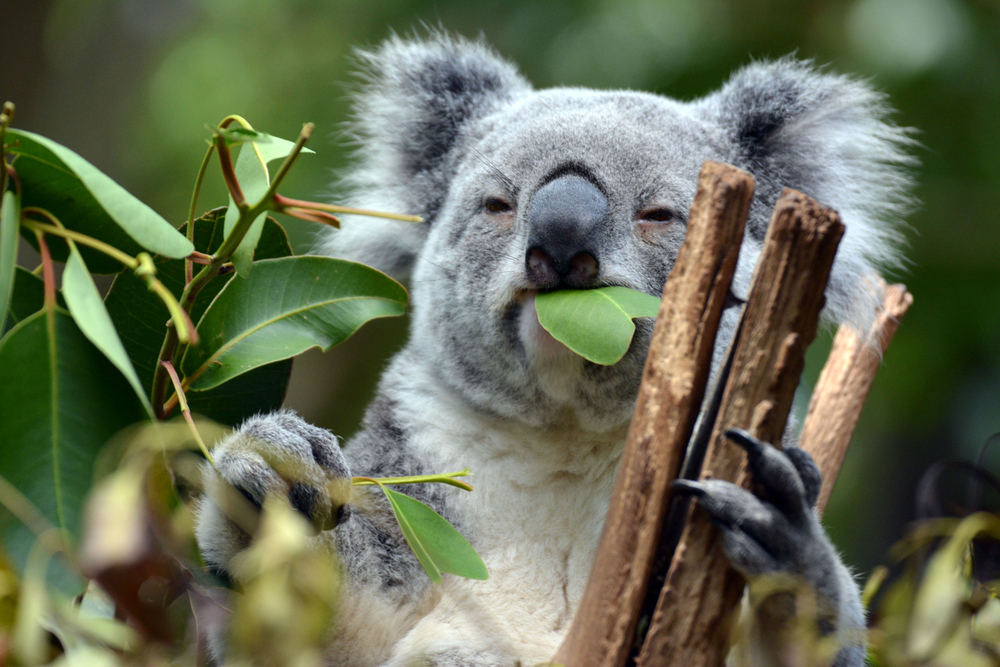
Brisbane’s riverside gem holds the title as the world’s first and largest koala sanctuary. Home to over 100 koalas and more than 70 species of native Australian wildlife, just 12 kilometres from Brisbane’s CBD, this 18-hectare sanctuary began in 1927 with just two koalas named Jack and Jill.
And yes, you can actually hold a koala here. The sanctuary provides the ideal habitat for its resident koalas to live a virtually normal life in a protected area, while free-roaming kangaroos explore two full hectares of land. The platypus exhibit often surprises visitors who’ve never seen this bizarre egg-laying mammal up close.
Currumbin Wildlife Sanctuary
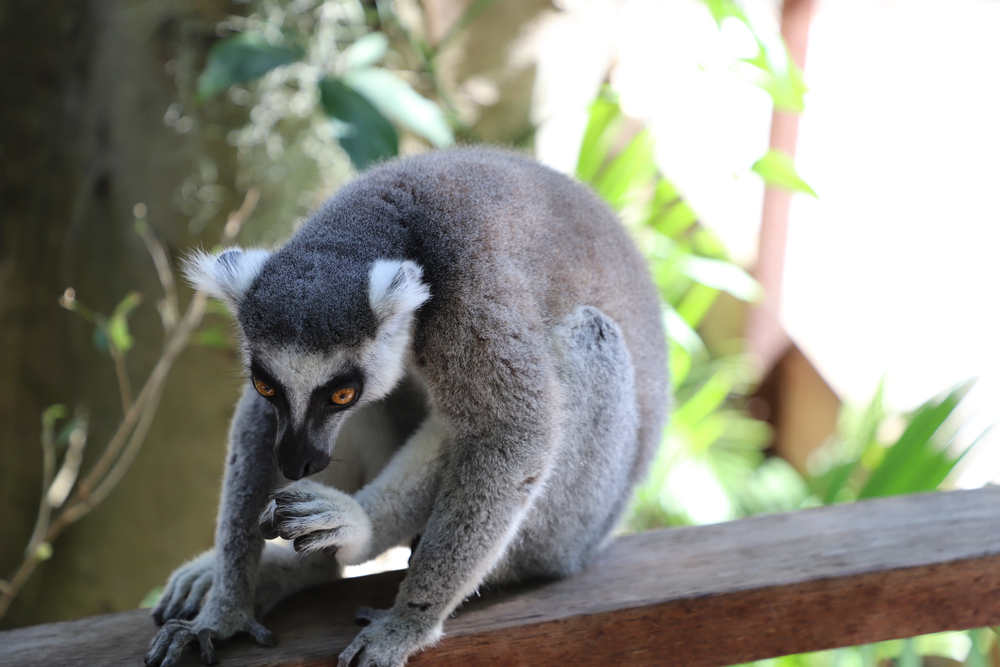
Celebrating its 75th anniversary as an iconic Queensland tourism experience, this 27-hectare sanctuary sits in lush rainforest on the Gold Coast. The twice-daily wild lorikeet feeding remains free to witness, though the rainbow birds perching on visitors’ heads and shoulders make for irresistible photo opportunities.
The sanctuary operates one of Australia’s busiest wildlife hospitals. Currumbin Wildlife Sanctuary is a non-profit organisation deeply committed to conservation and the protection of wildlife. Still impressive after all these years.
Healesville Sanctuary
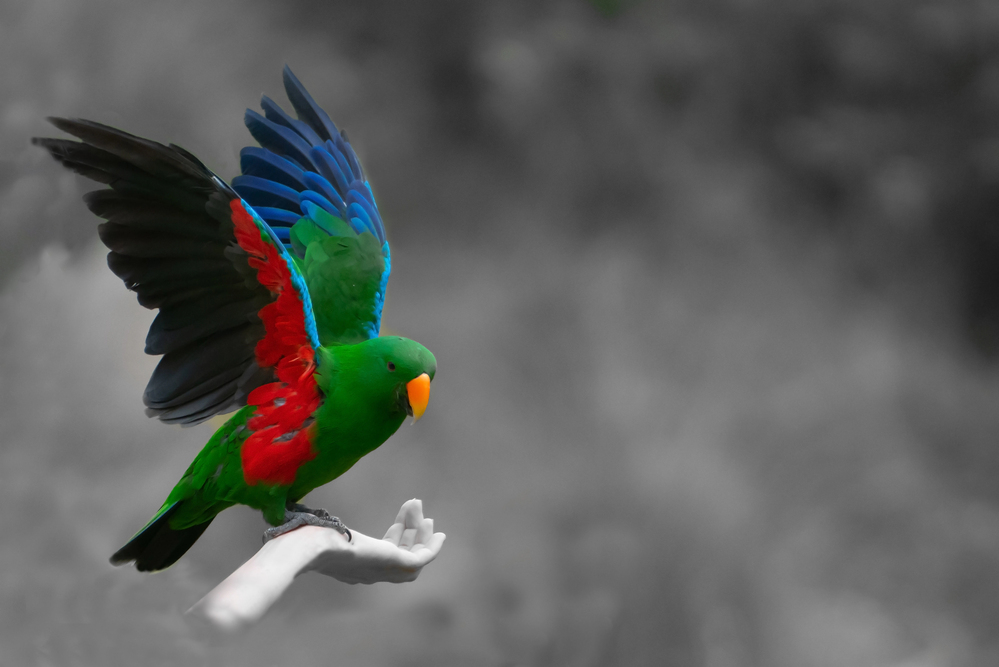
Located in Victoria’s scenic Yarra Valley, this sanctuary specializes exclusively in native Australian animals. Healesville Sanctuary is involved in various conservation work and initiatives, including breeding programs for endangered species like the orange-bellied parrot, helmeted honeyeater, mountain pygmy-possum, and Tasmanian devil.
The Australian Wildlife Health Centre lets visitors observe veterinarians treating injured wildlife through large viewing windows. It’s sobering. But the platypus viewing area at Badger Creek offers a lighter moment as these peculiar creatures glide through crystal-clear water.
Moonlit Sanctuary
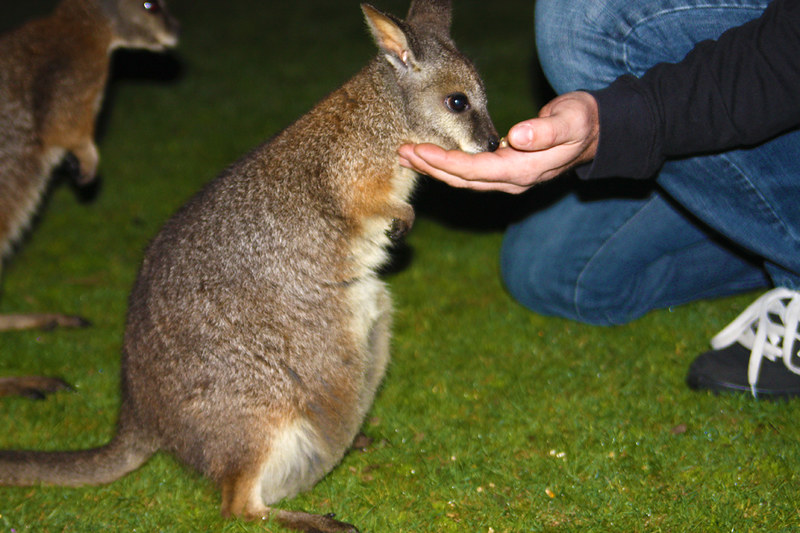
Melbourne’s award-winning wildlife park offers visitors an up-close look at Australia’s amazing animals in enchanting bushland settings. Night tours reveal the secret lives of nocturnal creatures, while day visits allow hand-feeding of kangaroos and wallabies roaming freely through the grounds.
The sanctuary’s conservation work focuses heavily on threatened species. Their Orange-bellied Parrot breeding program aims to save one of Australia’s most critically endangered birds. Over 70 captivating Australian species call this place home, including many endangered animals.
Walkabout Wildlife Sanctuary

Australia’s largest working wildlife sanctuary sits on a Heritage-listed Aboriginal Cultural landscape with ancient sites dating back more than 4,000 years. The Central Coast location combines wildlife encounters with cultural education, creating a unique experience that connects visitors to both Australia’s natural and human heritage.
The sanctuary rescues wildlife needing lifetime care and operates breed-for-release rewilding programs for endangered animals. Their philosophy puts animals first — you might meet many creatures, but the animals choose how they interact.
Caversham Wildlife Park
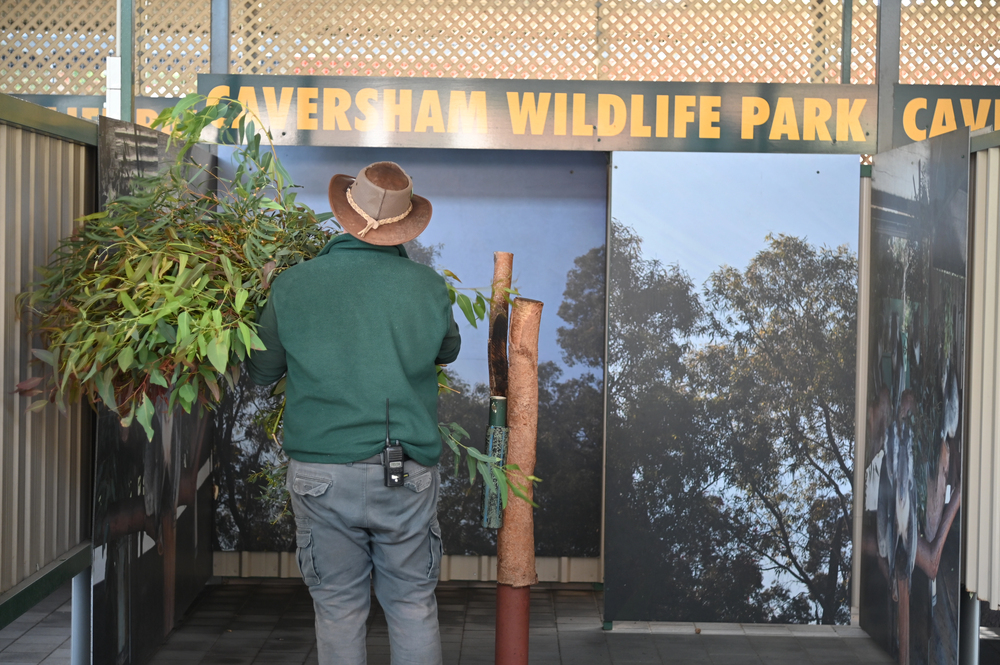
— Photo by juliuscwt
Western Australia’s largest native wildlife park houses around 2000 individual animals representing about 200 different species. Family-owned and operated since 1988, the park prides itself on offering personal, interactive experiences without losing its authentic atmosphere.
The daily Farm Show features whip-cracking, sheep-shearing, and billy-swinging demonstrations. But the real stars remain the hairy-nosed wombats and the surprisingly social echidnas. All experiences, including hand-feeding kangaroos and photos with koalas, are included in the admission fee.
Australian Wildlife Sanctuary
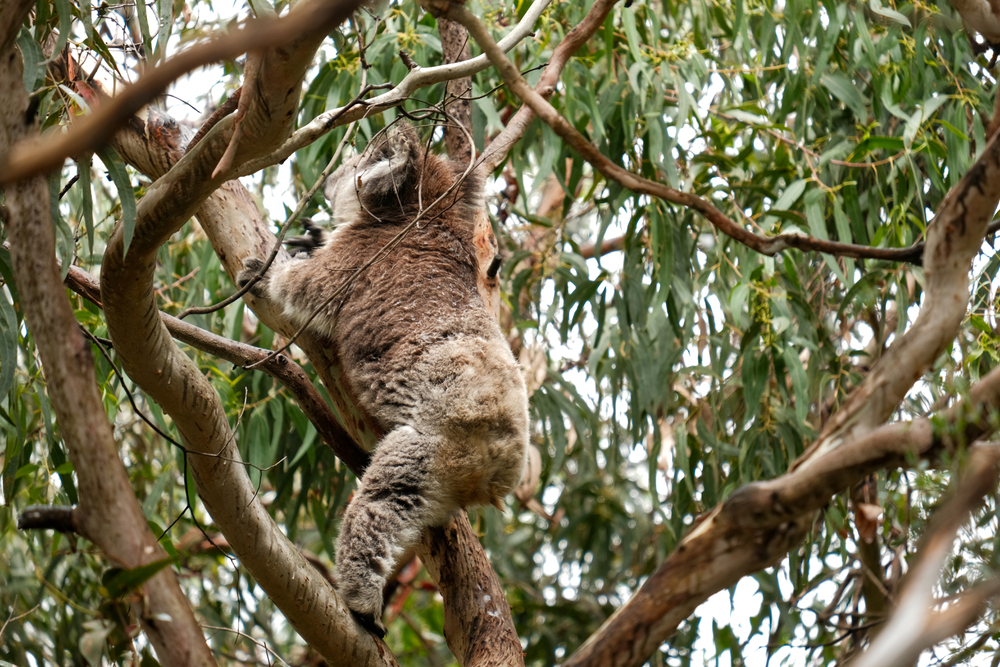
This heritage-listed wildlife sanctuary in Bargo, NSW, was established in 1962 by conservationist Dr Thistle Stead and covers 90 hectares. The sanctuary now operates exclusively through pre-booked experiences rather than general admission, creating more intimate encounters with native animals.
The sanctuary serves as home to rescued, non-releasable and threatened native wildlife. Educational programs include the WILD Rover mobile unit that travels to schools and events.
Bonorong Wildlife Sanctuary
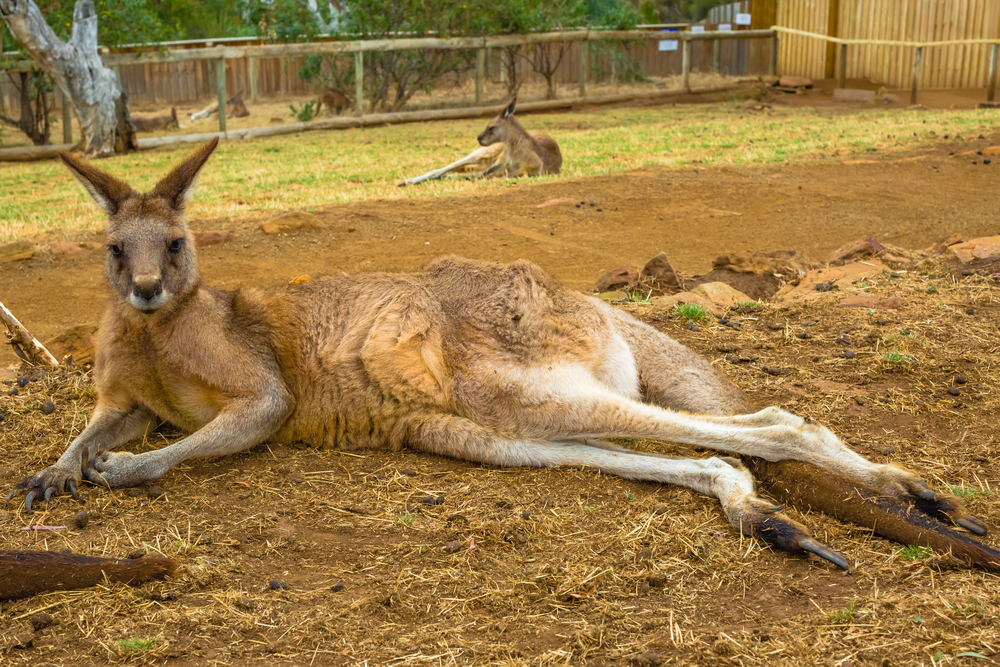
Tasmania’s premier wildlife sanctuary specializes in caring for the island’s unique fauna. The Tasmanian devil remains the star attraction, though these “fierce” marsupials are actually quite docile during daylight hours. The sanctuary functions as both a koala sanctuary and a kangaroo sanctuary, but the Tasmanian devil draws the most attention.
Night tours offer the best wildlife experiences. During these 2.5-hour adventures, visitors meet echidnas, quolls, and tawny frogmouths up close. The sanctuary’s rehabilitation work helps injured native animals return to the wild.
Newhaven Wildlife Sanctuary
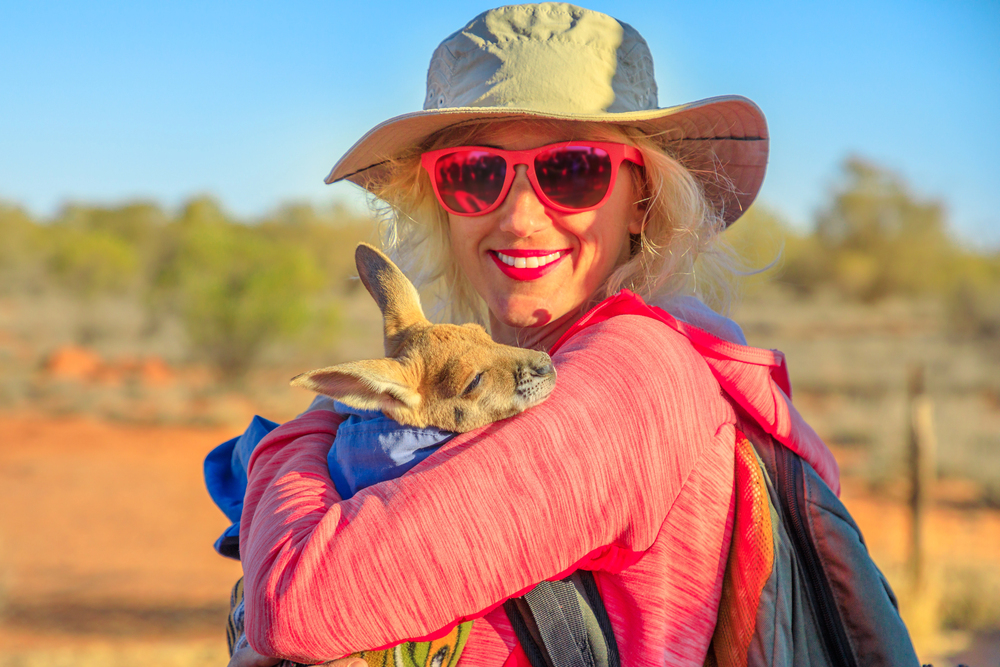
One of Australia’s largest non-government protected areas, Newhaven supports a mammal restoration program and serves as a hub for central Australian wildlife. Located in the Red Centre, this sanctuary demonstrates large-scale ecosystem restoration across vast desert landscapes.
The sanctuary’s bilby breeding program has successfully reintroduced these endangered marsupials to areas where they’d been extinct for decades. Research here informs conservation efforts across Australia’s arid regions.
Australia Zoo
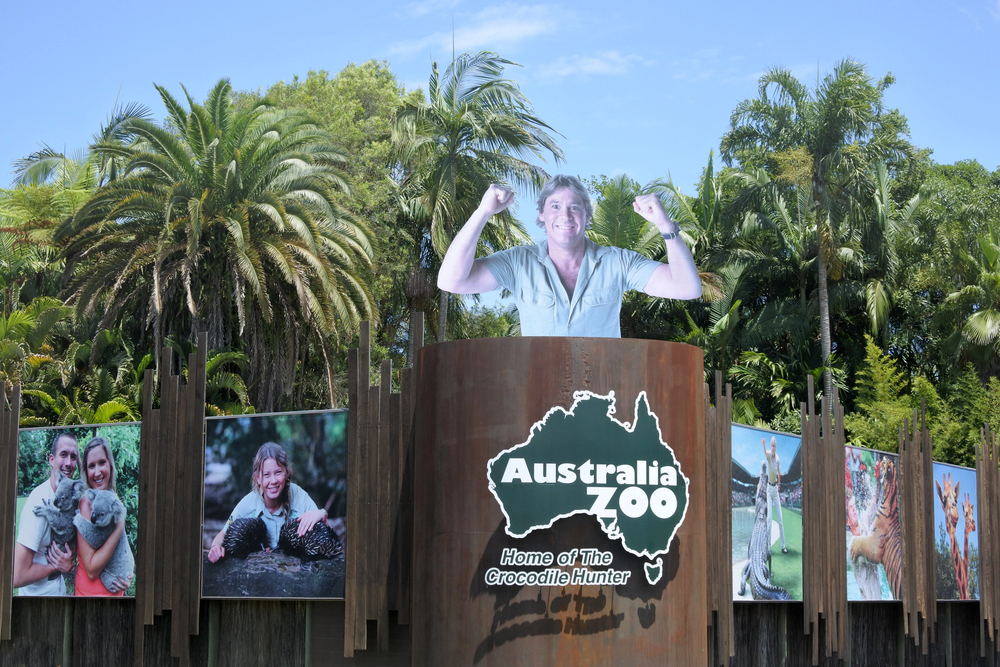
— Photo by lucidwaters
Made famous by the late Steve Irwin, this Sunshine Coast destination spans 280 hectares and houses animals from around the world alongside Australian natives. The daily crocodile feeding demonstrations continue the Irwin family’s legacy of wildlife education and conservation.
The Africa savanna exhibit lets visitors walk among zebras, giraffes, and rhinos. Yet the Australian section remains the heart of the zoo, with wombats, cassowaries, and saltwater crocodiles showcasing the continent’s incredible diversity.
Taronga Zoo Sydney
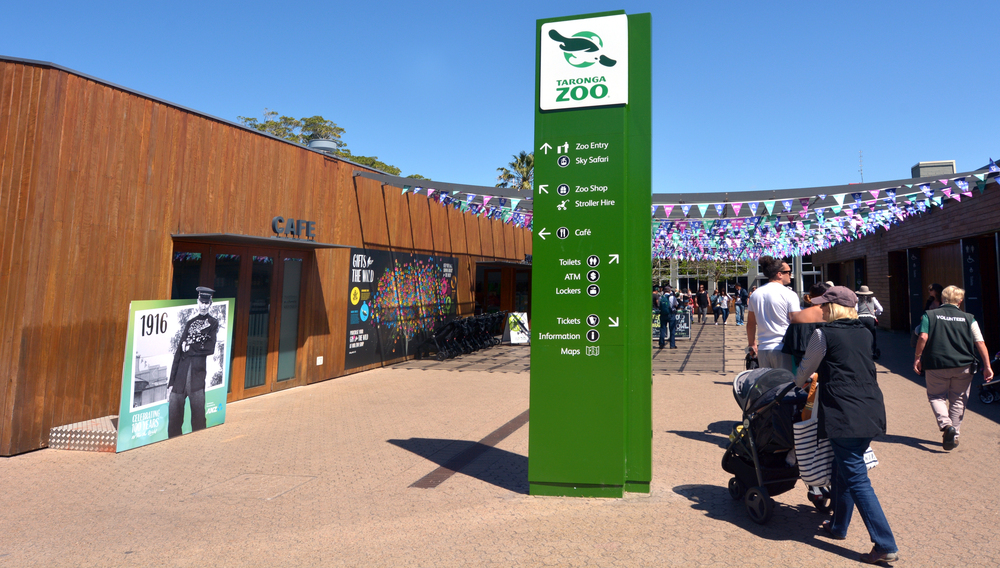
— Photo by lucidwaters
Opened in 1916 and located on Sydney Harbour shores in Mosman, this zoo houses over 2,600 animals on 21 hectares. The panoramic harbor views create a stunning backdrop for wildlife encounters, making this one of Sydney’s most photographed attractions.
The zoo’s breeding programs focus on endangered species conservation. Their Sumatran tiger and Asian elephant exhibits demonstrate world-class animal care, while the native section showcases koalas, echidnas, and other Australian species.
Symbio Wildlife Park
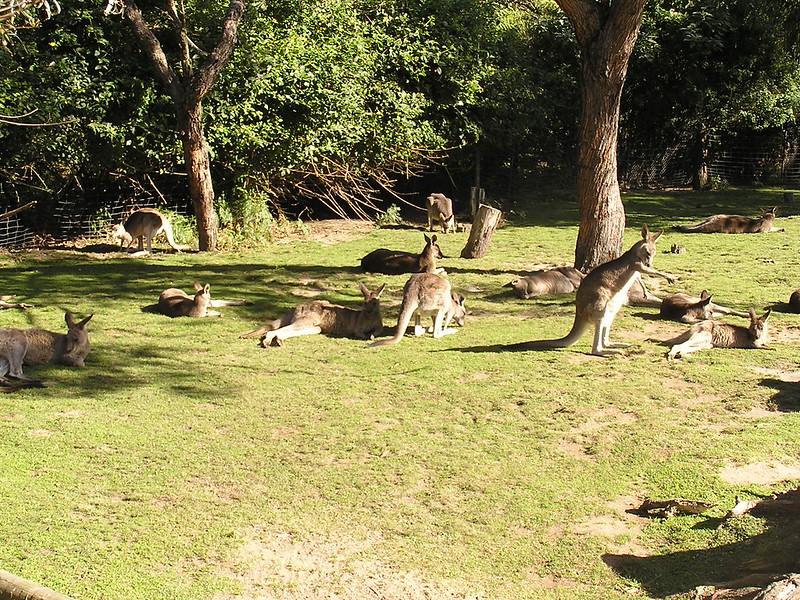
Located north of Wollongong and bordering the historic Royal National Park, Symbio has become one of Australia’s fastest-growing animal parks. The park combines native Australian animals with exotic species in natural bush settings.
Interactive experiences include hand-feeding various species and educational keeper talks throughout the day. The proximity to the Royal National Park creates opportunities for spotting wild animals alongside captive ones.
Koala Park Sanctuary
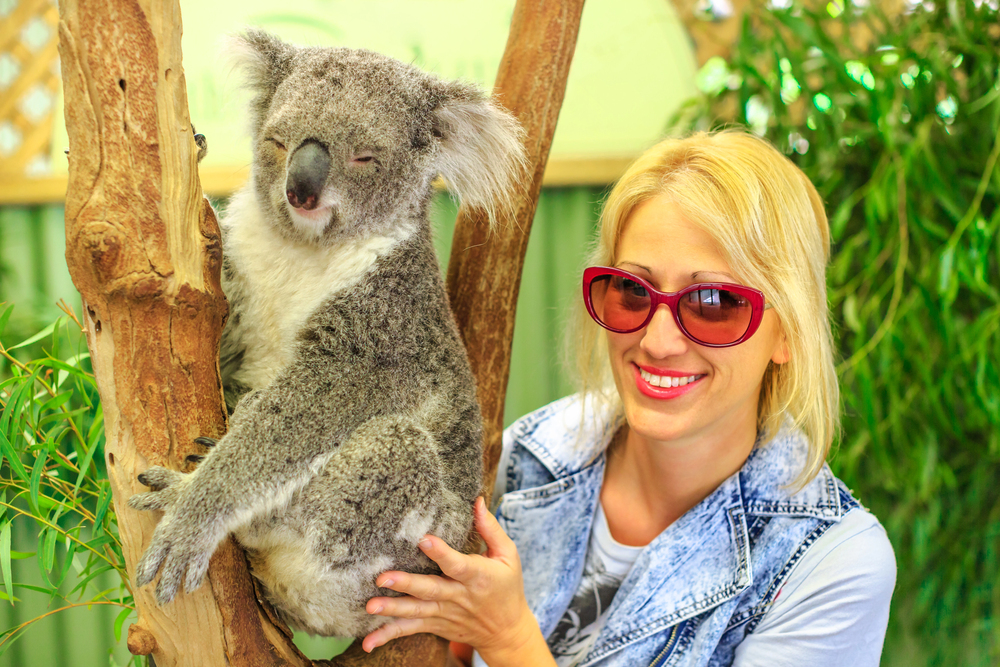
Opened in 1930 in West Pennant Hills, this was NSW’s first private koala sanctuary, founded by Noel Burnet. The preservation of koalas remains the park’s primary mission, making it one of the best places to observe these marsupials up close.
Despite its modest size compared to larger wildlife parks, Koala Park’s specialized focus on koala conservation and education creates an intimate learning experience. The sanctuary’s longevity speaks to its important role in koala protection efforts.
Featherdale Wildlife Park
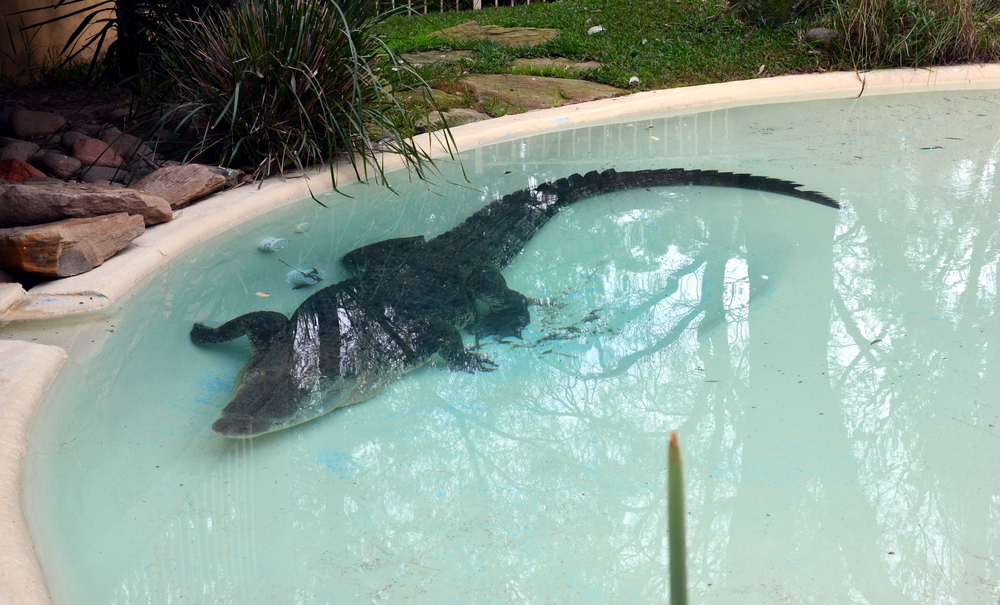
Located in Sydney’s western suburbs, the focus at Featherdale Wildlife Park centers on interactivity with Australia’s native fauna. This hands-on approach allows visitors to touch, feed, and photograph many species that remain off-limits at other facilities.
The park’s compact design ensures all exhibits are easily accessible. Their collection includes the most iconic Australian species, from tiny sugar gliders to massive saltwater crocodiles.
Wildlife Wonders
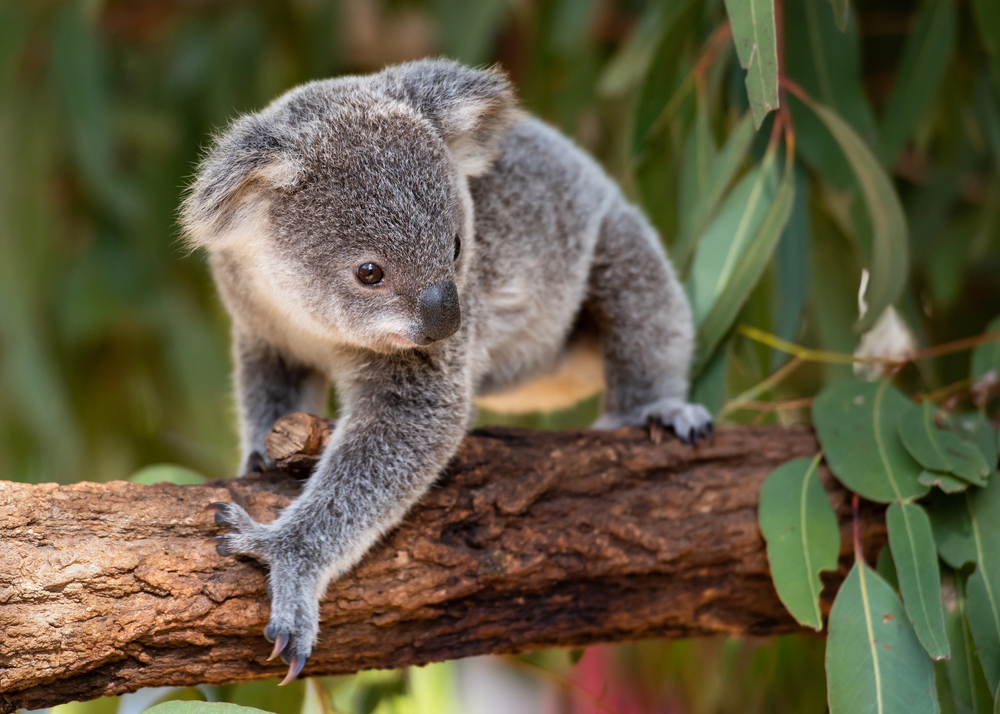
Situated along Victoria’s famous Great Ocean Road, this sanctuary offers wheelchair-accessible trails through lush native habitat. Visitors follow conservationists through the sanctuary, spotting koalas and joeys in trees while learning about regional biodiversity.
The location near the Twelve Apostles makes Wildlife Wonders a perfect addition to Great Ocean Road itineraries. Wild koalas inhabit the surrounding forest, creating opportunities for authentic wildlife encounters beyond the sanctuary boundaries.
Kangaroo Island Wildlife Park
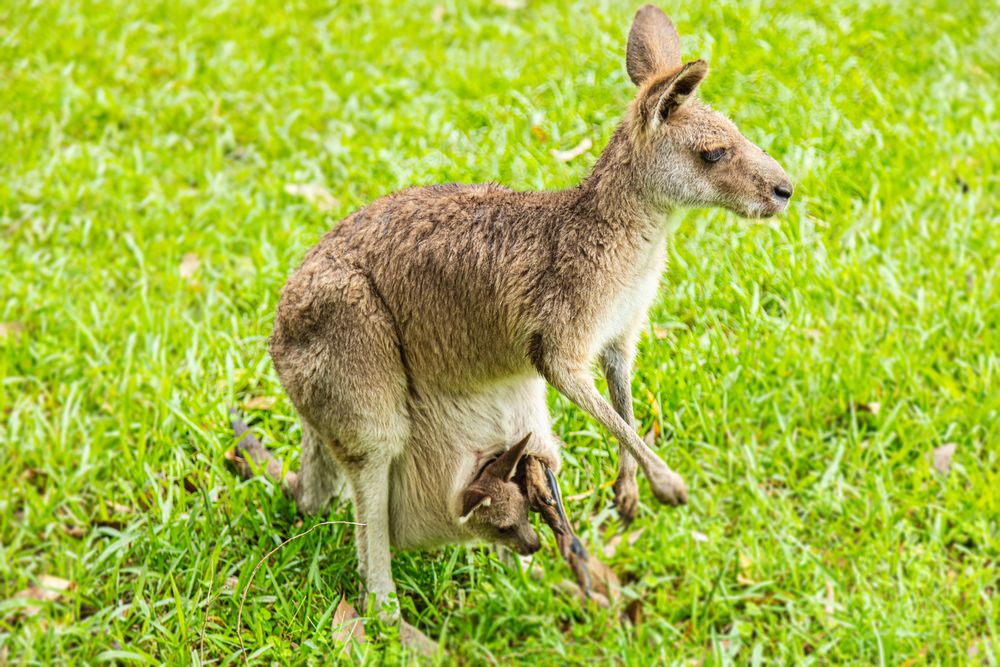
This sanctuary runs daily koala presentations and operates a rescue center dedicated to injured and orphaned wildlife. The island setting provides a unique environment where introduced predators are absent, allowing native species to thrive more naturally.
Combined with nearby Hanson Bay Wildlife Sanctuary’s guided walks, Kangaroo Island offers one of Australia’s most comprehensive wildlife experiences. The island’s isolation has preserved ecosystems found nowhere else.
Where Australia’s wildlife finds hope
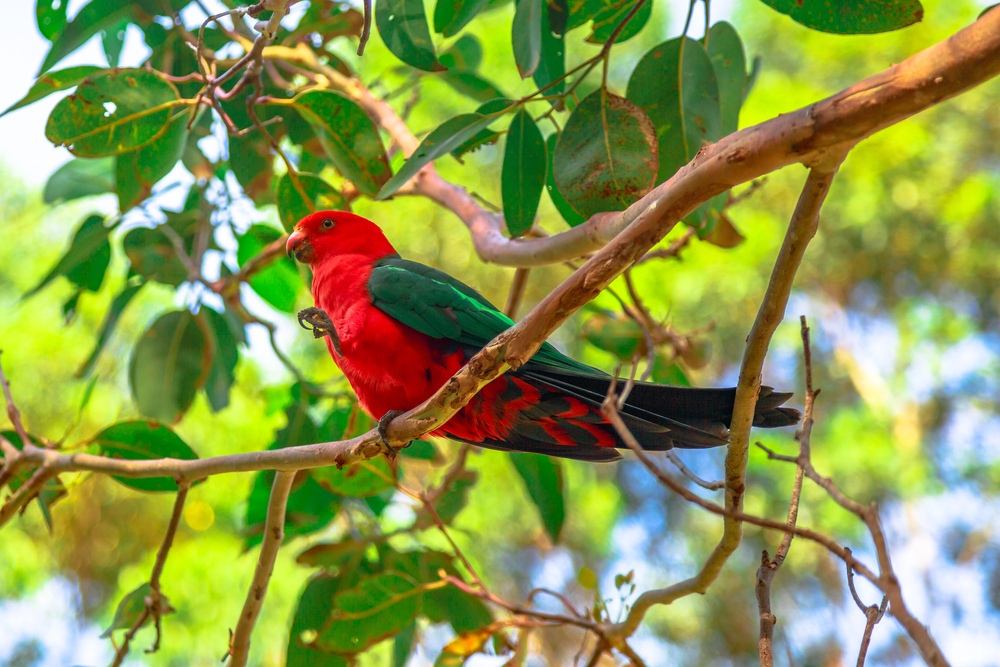
These sanctuaries represent more than tourist attractions — they’re lifelines for species teetering on extinction’s edge. Most sanctuaries are funded completely from private donations and admission fees, making every visit a direct contribution to conservation efforts that may determine which animals survive the next century.
More from Travel Pug

- 20 Best Beach Towns in the Carolinas
- 13 Destinations Where Tourists Regularly Regret Their Trip
- 20 Things You Actually Get in First Class
- 20 Small Airports With Aviation Museums
- 20 Places in the U.S. That Are Perfect for a Reset Trip
Like Travel Pug’s content? Follow us on MSN.
